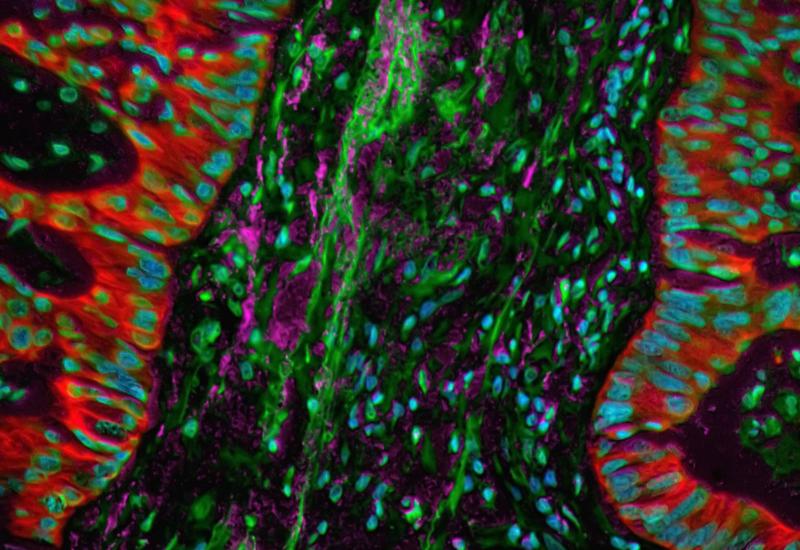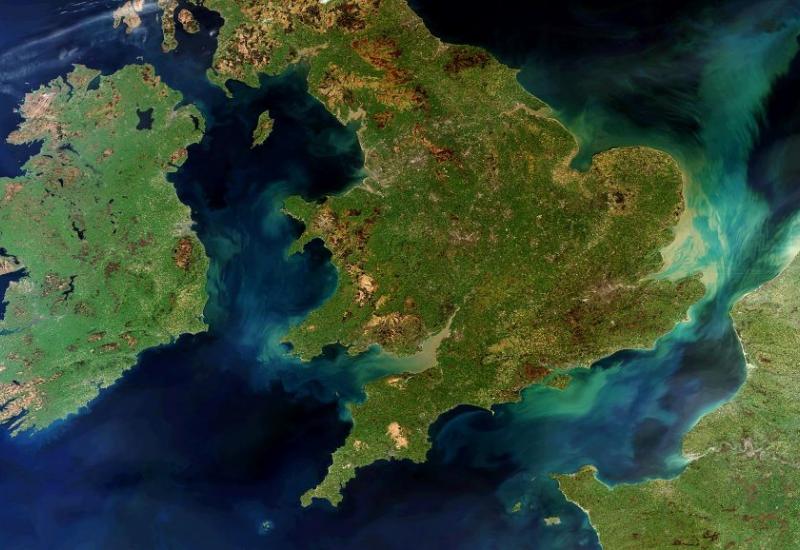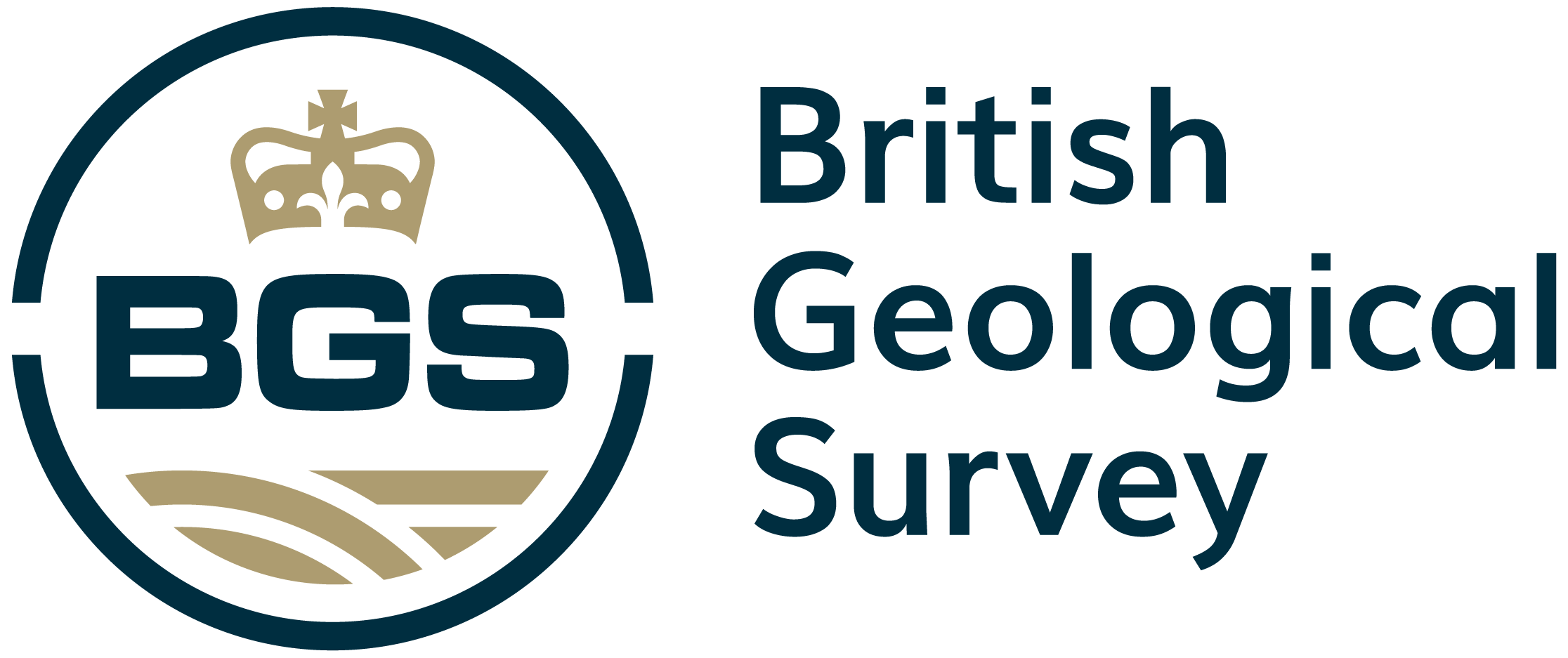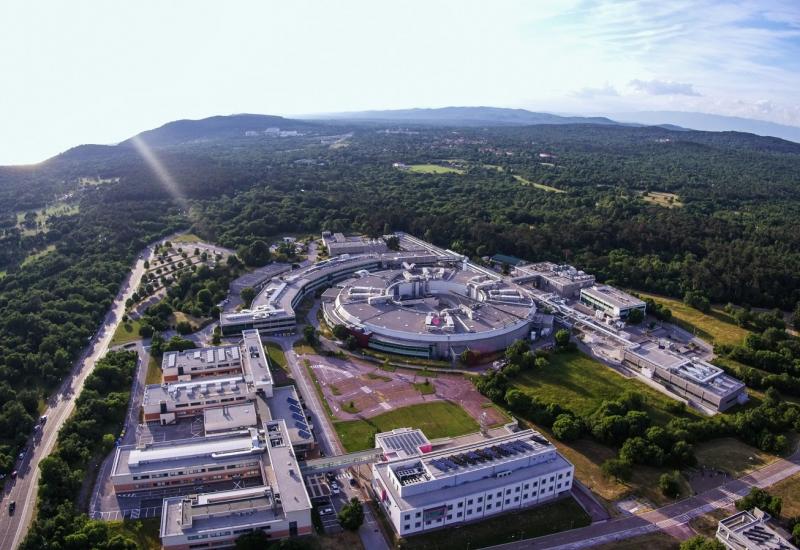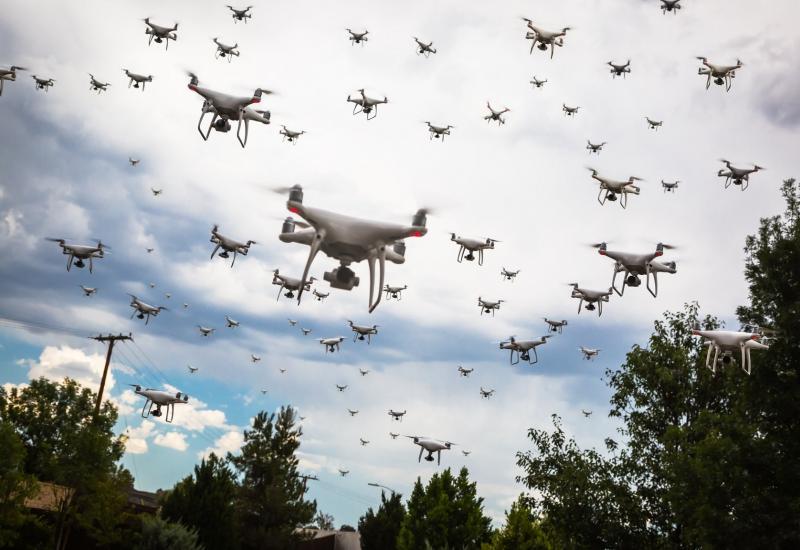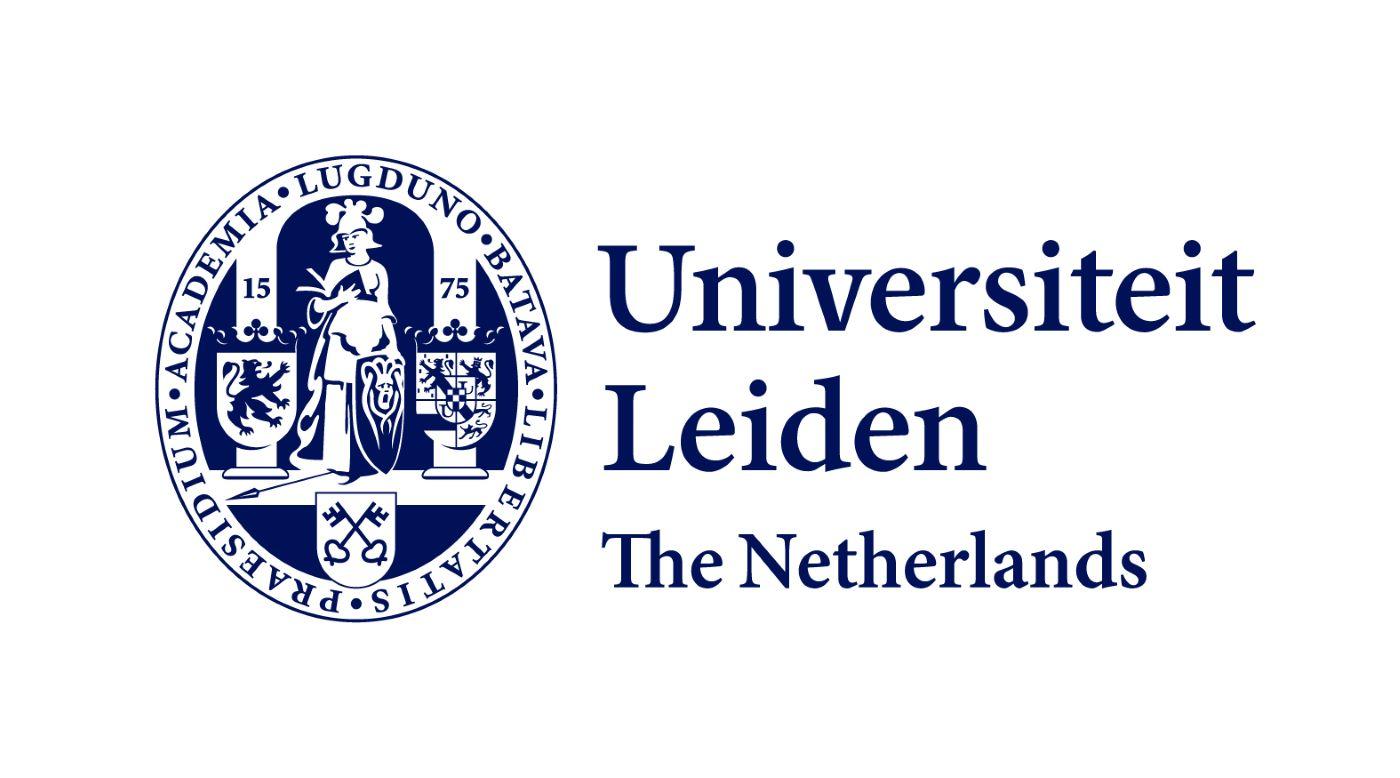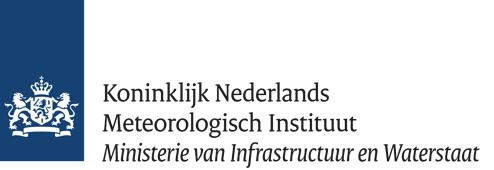Sentinel-2 Semantic Data & Information Cube Austria is the world's first prototype of a semantic Earth Observation data cube. It allows anyone to produce information from satellite imagery on a high semantic level using a code-free analysis within a standard Web-browser or mobile application (Sudmanns, M., Augustin, H., van der Meer, L., Baraldi, A., Tiede, D., 2021. The Austrian Semantic EO Data Cube Infrastructure. Remote Sens. 13, 4807).
As defined by the team, "a semantic EO data cube or a semantics-enabled EO data cube is a data cube, where for each observation at least one nominal (i.e., categorical) interpretation is available and can be queried in the same instance". This concept establishes the generic core for a variety of user-centred application interfaces. The semantic enrichment used in the project is a physical-model-based, spectral categorisation with additionally derived information (Satellite Image Automatic Mapper – SIAM decision tree software). These processes are fully automated, applicable worldwide, and free of any user parameterization. Semantic enrichment enables the querying and analysis of big EO data at a higher semantic level (e.g. based on basic land cover units and coded ontologies) directly in EO data cubes.
Sen2Cube.at allows any user to derive information from EO imagery without any programming necessary. An innovative graphical web interface allows users to build custom queries based on a novel graphical query language. This language is implemented in Sen2Cube.at using a variety of generic building blocks that each represent a distinct, clearly defined task or value inside the semantic querying process. It enables interactive queries that are comprehensive for non-programmers because they are based on spatio-temporal and semantic concepts rather than data-specific values or reflectances. It also allows more advanced users to develop and apply their own models using domain knowledge.
Supplier: EODC Earth Observation Data Centre for Water Resources Monitoring GmbH






